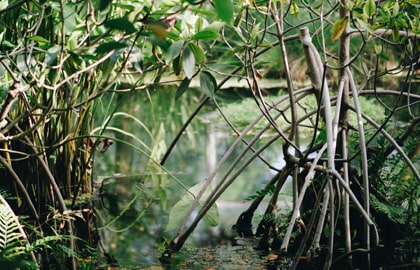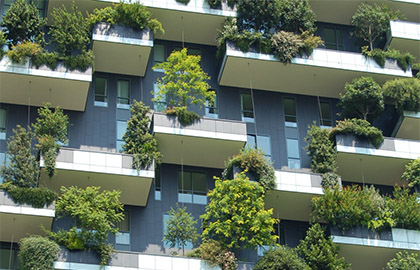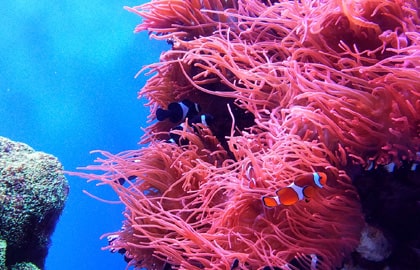Shradha Gupta
FEMA defines Nature-based Solutions (NbS) as sustainable approaches integrating natural features or processes into the built environment to enhance adaptation and resilience. These solutions leverage natural elements to address climate change, reduce flood risk, improve water quality, protect coastal properties, restore wetlands, stabilize shorelines, mitigate urban heat, and expand recreational areas. For instance, coastal flooding, often managed with man-made structures like sea walls, can be mitigated by utilizing ecosystem services such as planting mangroves. These trees not only diminish storm impacts but also support biodiversity by providing habitats for various species.
NbS offer substantial economic and non-economic advantages, often at a lower cost than conventional infrastructure. They contribute to economic growth, create green jobs, increase property values, and improve public health. Moreover, NbS are crucial for climate change adaptation and enhancing resilience in landscapes and communities, offering a multifaceted solution to climate change, biodiversity loss, and land degradation. NbS also foster a deeper connection with our landscapes, recognizing natural formations like wetlands as integral to our environment and potential solutions to our challenges. However, it’s essential to note that not all plantings qualify as NbS. For example, introducing non-native, harmful trees that disrupt local ecosystems would not yield biodiversity benefits.
Examples of Nature-based Solutions (NbS) include:

Restoring forests and wetlands in catchments to secure water supplies, produce forest products, and protect against floods, soil erosion, and landslides.

Integrating green roofs, walls, and trees in cities to mitigate heatwaves, manage stormwater, reduce pollution, and enhance mental and physical health.

Restoring coastal habitats like mangroves, reefs, and salt marshes to shield communities from storm surges and erosion, while also sequestering carbon and aiding climate change mitigation.
Constructed wetlands are another NbS example. Wetlands offer many ecosystem services such as food, shelter materials, and water. As natural wetlands have declined, constructed wetlands have emerged especially as a decentralized solution for wastewater treatment. They are cost-effective, easy to implement, and manageable by local communities. It aligns with Sustainable Development Goal 6 for clean water and sanitation. The World Bank also supports wetland projects for disaster risk management and flood reduction. For example, in Colombo, Sri Lanka, they are supporting a project pioneering the use of urban wetlands as a nature-based solution. Wetlands reduce flood risk by holding excess water, but the holding capacity of Colombo’s wetlands dropped by 40% over a decade. At the same time, climate change and sea-level rise increased the city’s vulnerability to flooding. The project used green and grey infrastructure to restore and protect the wetland and maintain its hydraulic integrity. This reduced flood risk for more than 200,000 city residents and provided the entire city with a better quality of life. The wetlands also sequester carbon and regulate the local climate, which has helped reduce the use of air conditioning near wetland areas. The project improved water quality and wastewater treatment, and the city’s Beddagana wetland has been turned into a park and wildlife sanctuary.

During my last semester at UC Berkeley, wetlands have been a recurring topic in my courses, highlighting their role in pollution absorption and natural water treatment. Growing up in India, I witnessed the challenges communities face in accessing and managing water, particularly the pollution of the Ganga River. This motivated me to pursue Environmental Engineering to be part of the solution. Learning about the potential of wetlands as water treatment systems has been fascinating. I aim to learn and contribute to NbS, especially constructed wetlands. I believe by revisiting our historical harmony with nature and exploring diverse cultural practices, we can reconnect with our landscapes and leverage wetlands and other habitats for climate change mitigation, water security, well-being, and livelihood protection.
Additional information:
For more information on Nbs, watch this video:
THE FUTURE WE CAN AND MUST CHOSE: NATURE-BASED SOLUTIONS
You can also read these evidence-based guidelines around what constitutes successful, sustainable NbS.
Sources:
https://www.naturebasedsolutionsinitiative.org/what-are-nature-based-solutions
You must be logged in to post a comment.